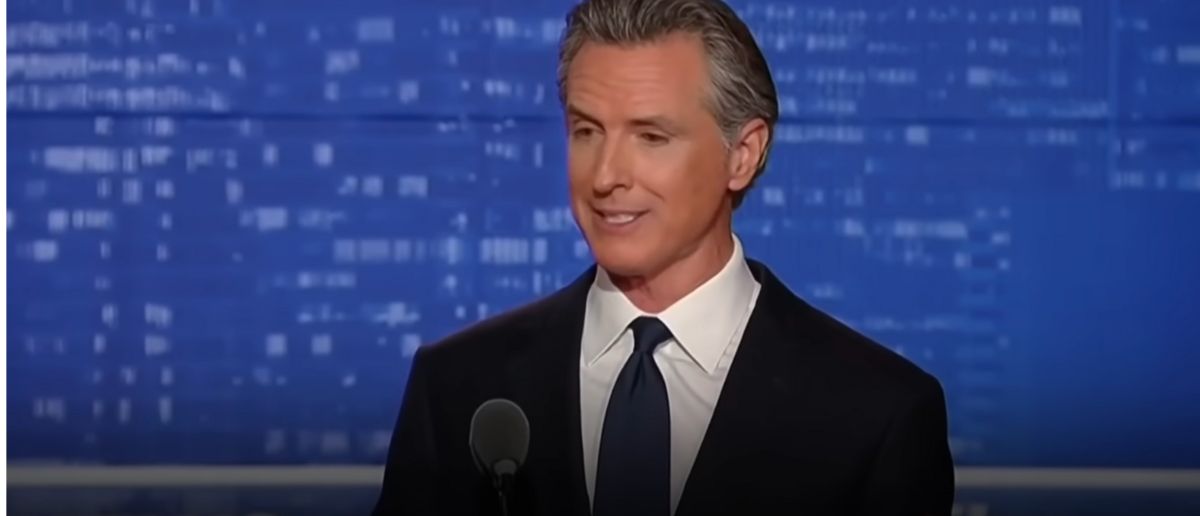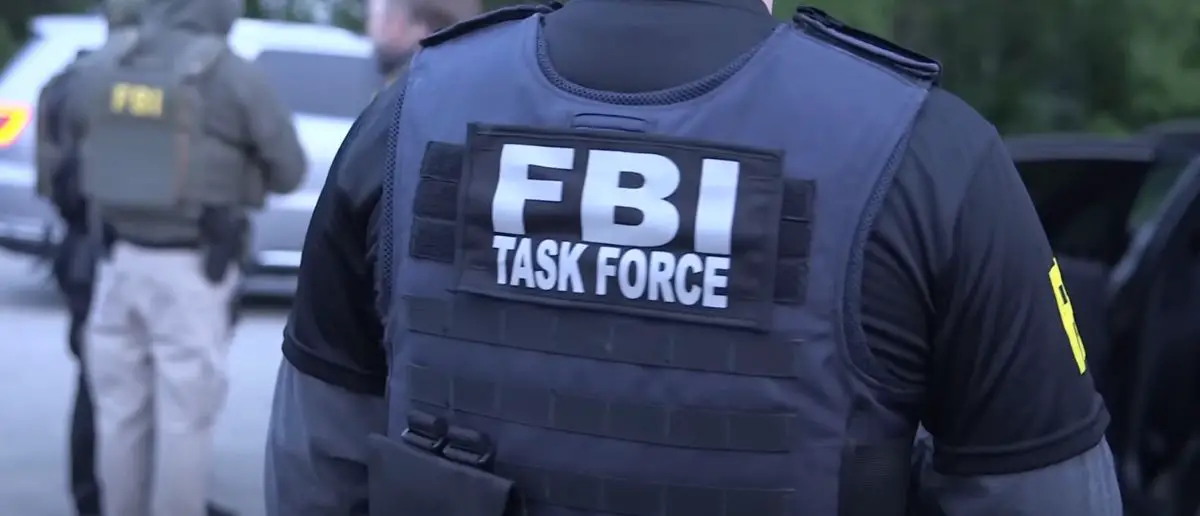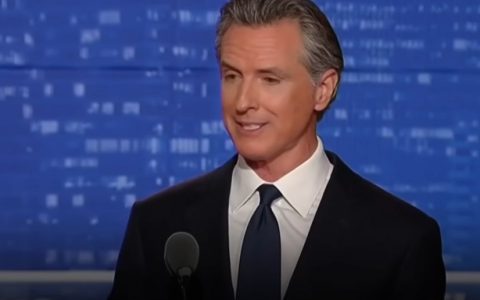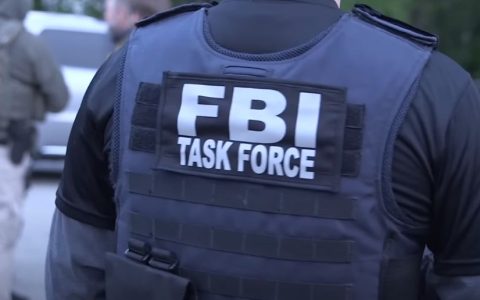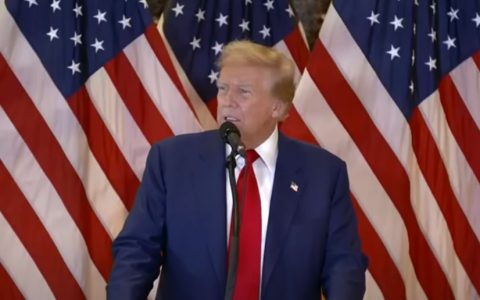
President Trump still doesn’t like Barack Obama. The bad blood between the two remains.
That’s why President Trump’s flipped Barack Obama the middle finger with a major White House decision.
President Donald Trump has ordered the relocation of a portrait of former President Barack Obama to a less accessible area of the White House, according to a CNN report published on Sunday. The portrait, previously displayed in a more prominent location, now hangs at the top of the Grand Staircase, a section of the White House generally restricted to visitors and reserved for official use.
This placement positions Obama’s portrait alongside those of former Presidents George H.W. Bush and George W. Bush, as confirmed by a photograph obtained by CNN. The move marks the second time Trump has directed the repositioning of Obama’s portrait, reflecting a pattern of symbolic gestures during his presidency. In April, Trump replaced the portrait with a striking photograph capturing the immediate aftermath of the July 2024 assassination attempt he survived in Butler, Pennsylvania, an event that has become a defining moment in his political narrative.
The decision to move Obama’s portrait to a less visible location has sparked speculation about Trump’s intentions, with some viewing it as a deliberate act to diminish his predecessor’s visibility within the White House. Others argue it reflects practical considerations, as the Grand Staircase is a high-traffic area for official functions but not typically open to public tours.
Regardless, the relocation has drawn attention to the ongoing tensions between Trump and Obama, a dynamic that continues to shape political discourse.
Bad Bloods Between Trump And Obama Continues
Claims that former President Barack Obama and Democratic officials sought to obstruct Donald Trump’s presidency have gained momentum in recent years, fueled by declassified documents, official reports, and ongoing investigations. These allegations center on actions allegedly taken after Trump’s 2016 election victory over Hillary Clinton, with critics pointing to a coordinated effort to undermine his administration. The following analysis draws from credible sources to examine the evidence supporting these claims, focusing on key developments in the “Russiagate” controversy and related probes.
On July 18, Director of National Intelligence Tulsi Gabbard released a memo accompanied by documents alleging that Obama’s national security team “manufactured and politicized intelligence” as part of a “years-long coup” against Trump. Speaking at a July 23 White House press briefing, Gabbard announced she had referred Obama to the Justice Department for potential criminal charges tied to the “Russiagate” narrative. She specifically accused Obama of leading “the manufacturing” of an intelligence assessment claiming Russian interference in the 2016 election to benefit Trump, a claim that has been central to allegations of Democratic misconduct.
The “Russiagate” saga hinges on assertions that Trump’s 2016 campaign colluded with Russia, with the Steele Dossier serving as a key piece of evidence. Compiled by former British intelligence officer Christopher Steele, the dossier contained unverified allegations about Trump’s ties to Russia. In May 2023, Special Counsel John Durham released a report examining the FBI’s handling of these claims, concluding that the agency “did not and could not corroborate” the dossier’s assertions.
The report criticized the FBI’s reliance on unverified information to justify surveillance of Trump associates, including former campaign aide Carter Page, raising questions about the integrity of the investigation.
Testimony from FBI analyst Brian Auten during an October 2022 trial further undermined the dossier’s credibility. Auten revealed that the FBI offered Steele $1 million to substantiate his claims, an offer Steele could not fulfill. This revelation has been cited as evidence that the FBI pursued unverified allegations to target Trump’s campaign, fueling accusations of partisan bias within the agency during the Obama administration.
In July, CIA Director John Ratcliffe escalated the scrutiny by referring former CIA Director John Brennan and former FBI Director James Comey to the FBI for a criminal investigation. The referrals allege that Brennan and Comey made false statements to Congress about their roles in the 2016 election probes. During an appearance on MSNBC’s Deadline: White House, Brennan defended his actions, telling host Nicolle Wallace that the CIA “stayed true” and did not attempt to influence the 2016 election under Obama’s leadership. Despite Brennan’s denial, the investigation into his and Comey’s conduct has intensified focus on Obama-era intelligence operations.
Declassified documents released in 2023 provide additional context, revealing internal FBI communications that suggest senior officials were aware of the Steele Dossier’s lack of credibility yet used it to secure Foreign Intelligence Surveillance Act (FISA) warrants.
The Durham report also highlighted the FBI’s handling of information from sources linked to the Clinton campaign. It found that the agency failed to properly vet sources providing damaging information about Trump, further supporting claims of partisan bias. These findings have led to accusations that the Obama administration leveraged federal agencies to delegitimize Trump’s 2016 victory and hinder his presidency.
Congressional investigations have bolstered these allegations. In 2024, the House Oversight Committee uncovered emails and memos suggesting coordination between Obama-era officials and Democratic operatives to promote the Russia collusion narrative. While not conclusive, these documents have been cited as evidence of a concerted effort to obstruct Trump’s administration, fueling calls for accountability.
The relocation of Obama’s portrait has taken on symbolic significance in this context. Some Trump supporters view it as a pointed rebuke of Obama’s legacy, particularly in light of allegations of interference. Critics of the move, however, argue it is a distraction from substantive policy issues, emphasizing the need for focus on governance over symbolic gestures.
Legal experts remain skeptical about the feasibility of criminal charges against Obama or his associates. The referrals by Gabbard and Ratcliffe face significant challenges, including the need to prove intent and direct involvement in illegal activities. Nonetheless, the ongoing investigations into Brennan, Comey, and others signal a commitment to probing alleged misconduct during the Obama administration.
Trump’s supporters view the investigations as a necessary step toward accountability for what they describe as a politically motivated campaign against him. Obama’s defenders, however, argue that the allegations are speculative and lack definitive evidence, accusing Trump’s allies of using federal resources for political vendettas.

